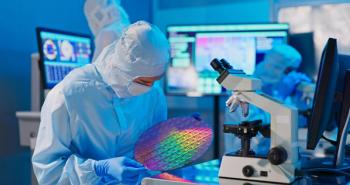
|Articles|January 1, 2003
- Spectroscopy-01-01-2003
The Benefits of Dynamic Reaction Cell ICP-MS Technology to Determine Ultratrace Metal Contamination Levels in High-Purity Phosphoric and Sulfuric Acid.pdf
This study investigates the applicability of a quadrupole-based ICP-MS fitted with a dynamic reaction cell (DRC) to analyze high-purity phosphoric and sulfuric acid used in the semiconductor industry. It compares the DRC approach with traditional ICP-MS background reduction techniques to compensate for phosphorus- and sulfur-based interferences and presents data that suggests that the DRC technology can reach the next generation of semiconductor purity levels for these chemicals.
Advertisement
Articles in this issue
almost 23 years ago
Chemometrics in Spectroscopy: Analysis of Noise, Part XIV (PDF)almost 23 years ago
Unique Atomic Spectroscopy Aims at Answering a Universal Question.pdfNewsletter
Get essential updates on the latest spectroscopy technologies, regulatory standards, and best practices—subscribe today to Spectroscopy.
Advertisement
Advertisement
Advertisement




